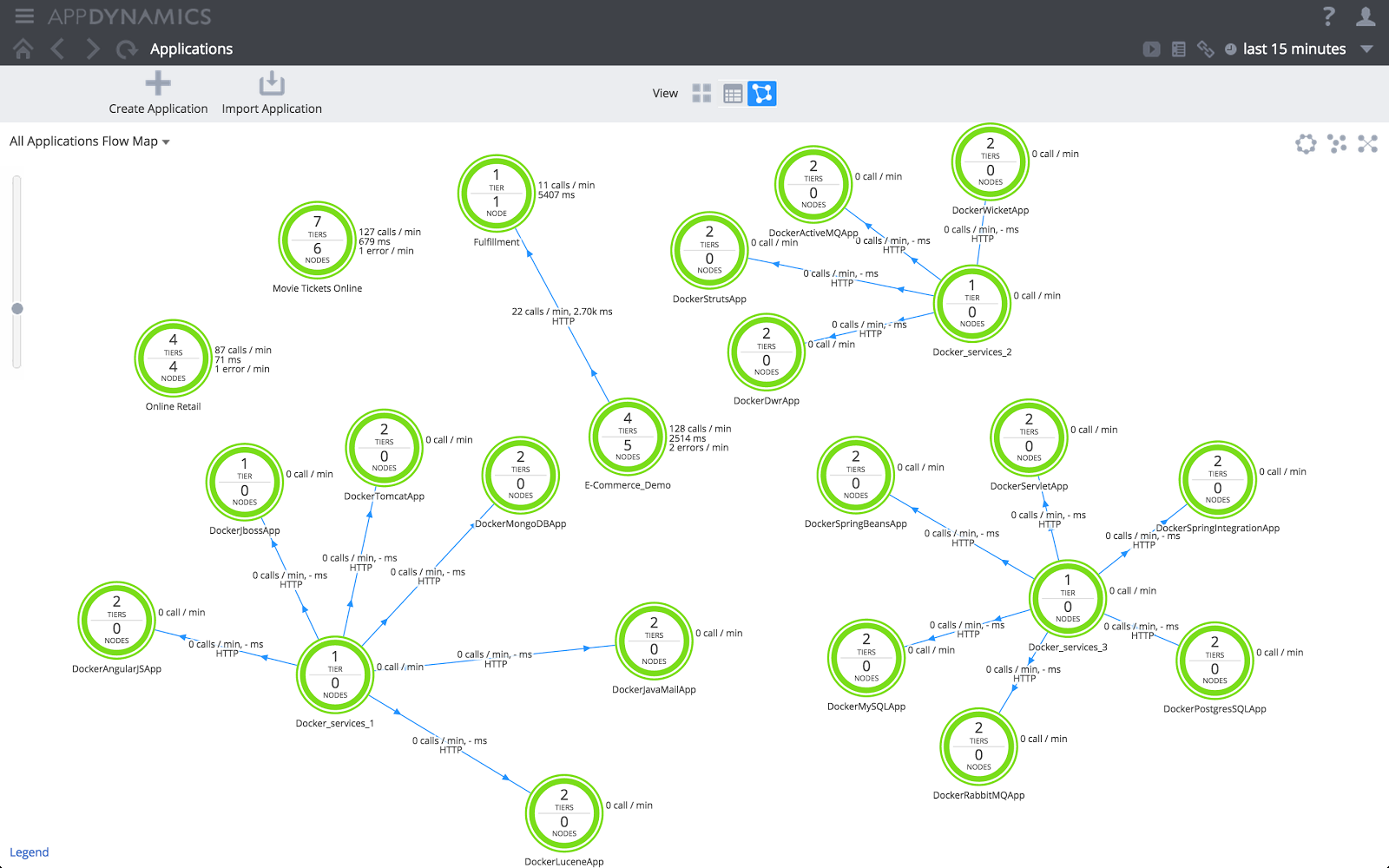 NEWS
NEWS
 NEWS
NEWS
 NEWS
NEWS
Organizations looking for operational tools to help support their emerging container use cases now have another option to choose from on the monitoring front courtesy of AppDynamics Inc., which has extended its namesake performance tracking service to support the fast-growing virtualization format. The move takes aim at what is shaping up as a potentially massive opportunity.
Containers are such a new phenomenon that the majority of alternatives don’t yet provide visibility into the processes inside, having been originally developed with conventional virtual machines and bare-metal workloads in mind. The rapid uptake of the technology over the last two years has grown that into a substantial market gap, which are few and far between in the hyper-competitive world of cloud services.
But there’s now much less of a vacuum to fill than there was up until about a week and half ago, when Twistlock Ltd. and New Relic Inc debuted their own capabilities for monitoring applications based on Docker, the poster child of the container movement, a day apart. AppDynamics’ strategy for addressing the trend is most similar to the latter’s, which is also, not coincidentally, its closest rival.
The startup is drawing upon its existing support for many of the applications and technologies that developers most typically run inside their containers to provide a multi-dimensional view of operations. That means metrics like the average number of requests that a Dockerized web server handles every minute can be visualized within a graph representing the bandwidth used by the host instance or instances, all through the same interface already used to keep track of virtual machines in another part of the organization.
The ability to monitor both workloads from a single view is a major selling point, especially for the majority of corporate container adopters that are still relying on conventional visualization to power their main production applications. The easier AppDynamics can make it easy for that crowd to extend their operations to accommodate Docker, the more attractive will its service become as the technology continues to gain traction.
But the tool is only the secondary focus of the startup’s efforts after the new breeds of applications that are being built on top. The small footprint and portability of containers is driving developers to implement software that would have once been released as a single package in the form of loosely-coupled component clusters, a paradigm that is hardly exclusive to Docker. As a result, the future will likely see AppDynamics extend its new monitoring functionality to alternatives such as CoreOS Inc.’s recently updated rkt and the equally fast-evolving LXD.
Support our mission to keep content open and free by engaging with theCUBE community. Join theCUBE’s Alumni Trust Network, where technology leaders connect, share intelligence and create opportunities.
Founded by tech visionaries John Furrier and Dave Vellante, SiliconANGLE Media has built a dynamic ecosystem of industry-leading digital media brands that reach 15+ million elite tech professionals. Our new proprietary theCUBE AI Video Cloud is breaking ground in audience interaction, leveraging theCUBEai.com neural network to help technology companies make data-driven decisions and stay at the forefront of industry conversations.